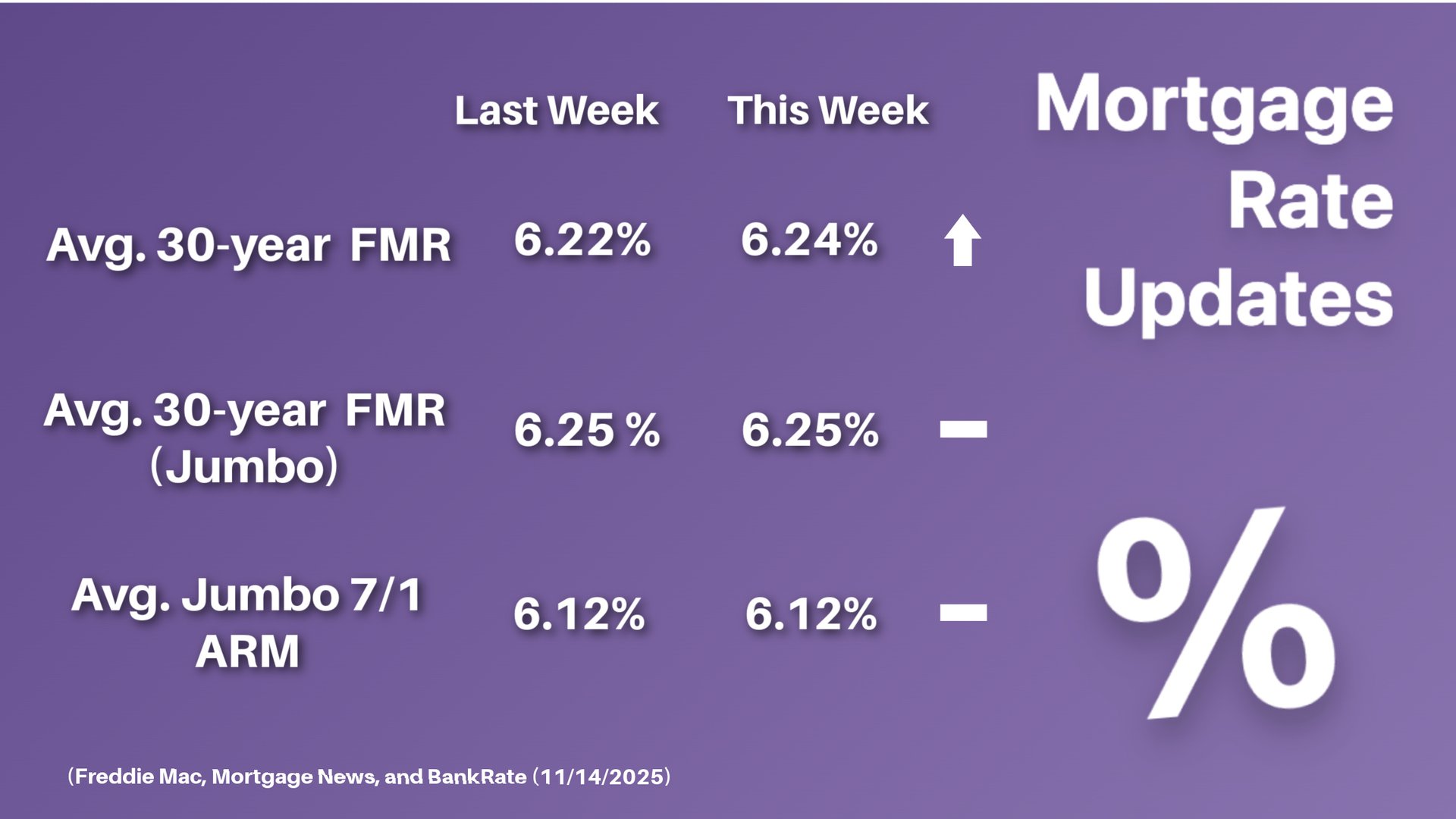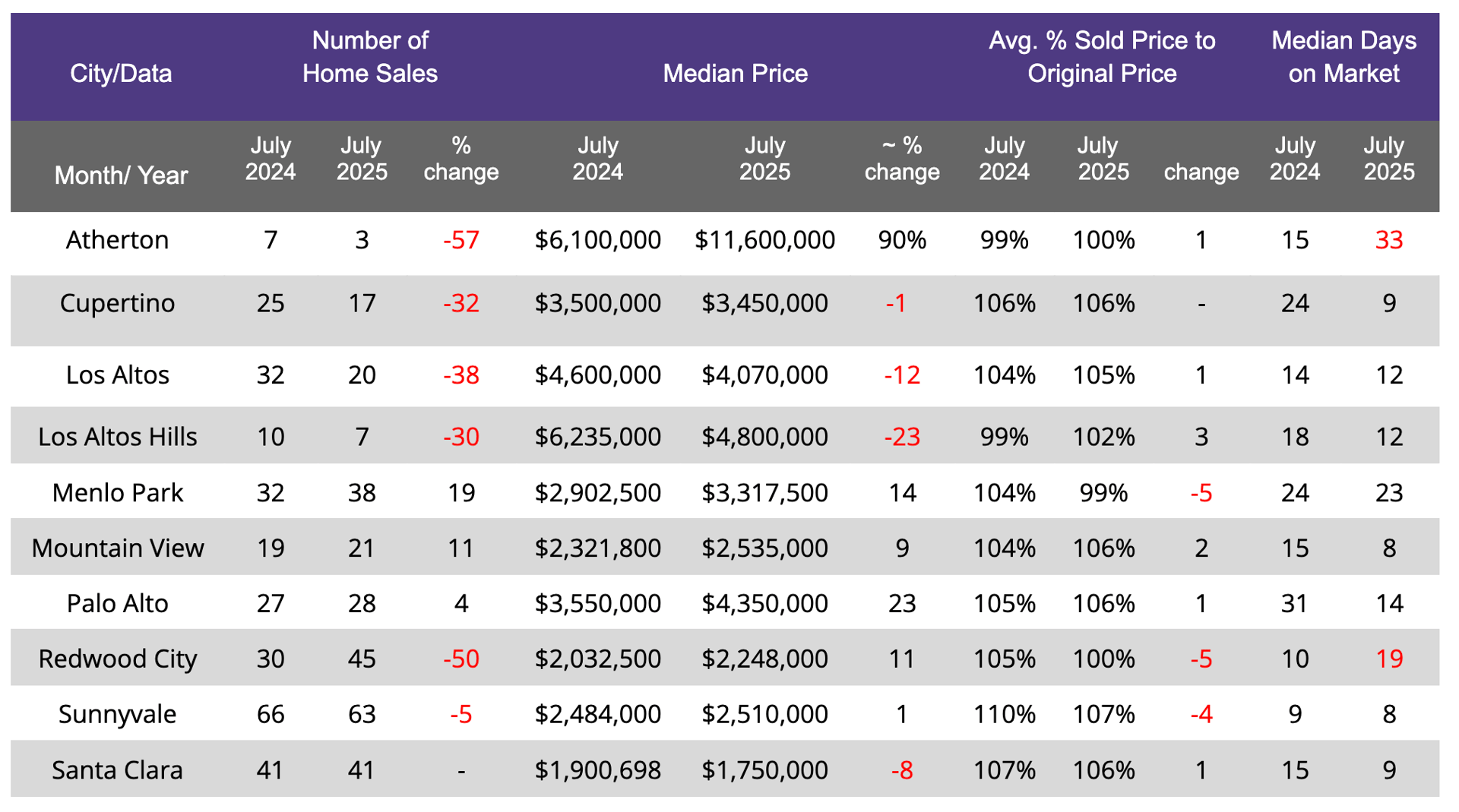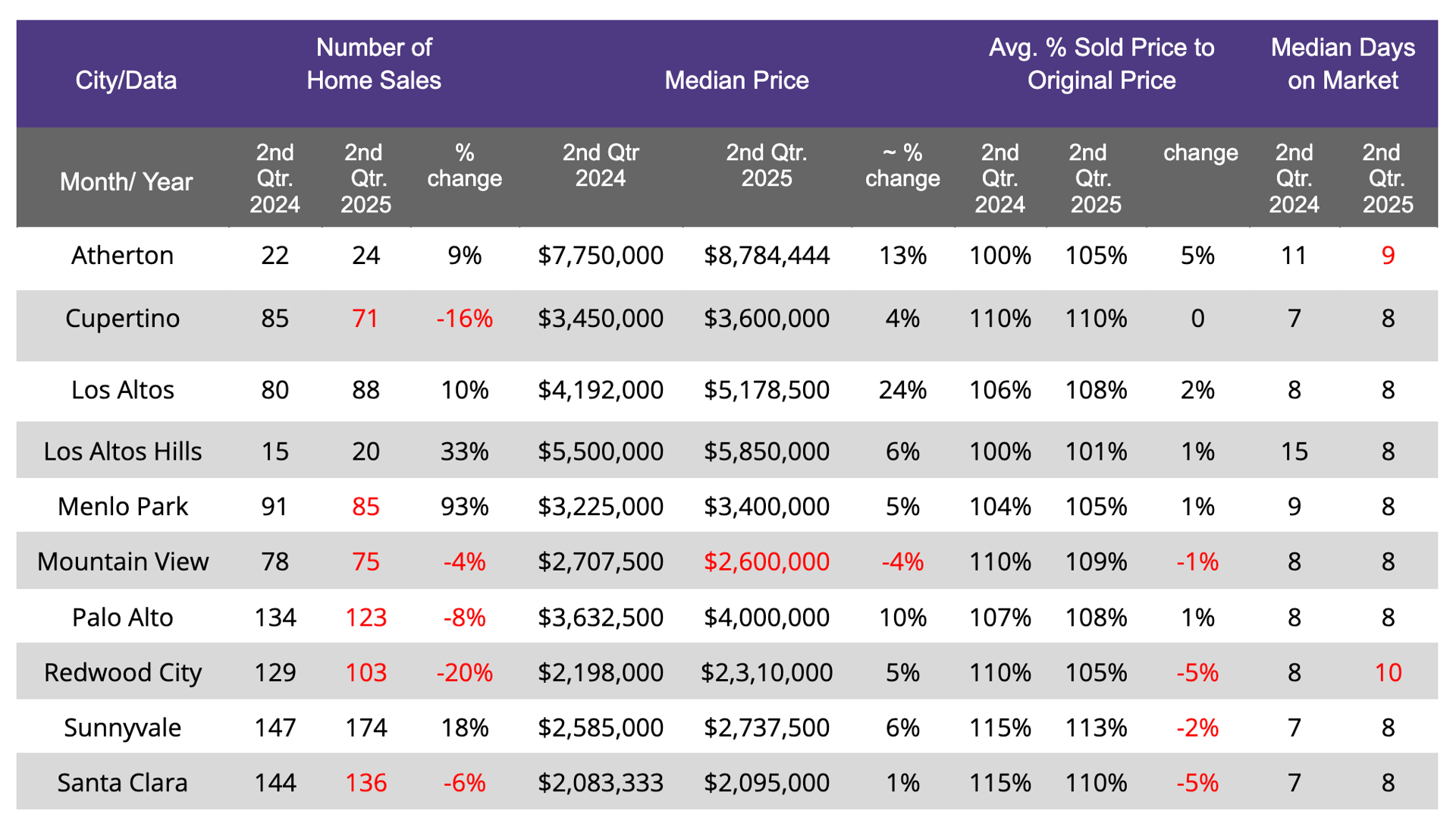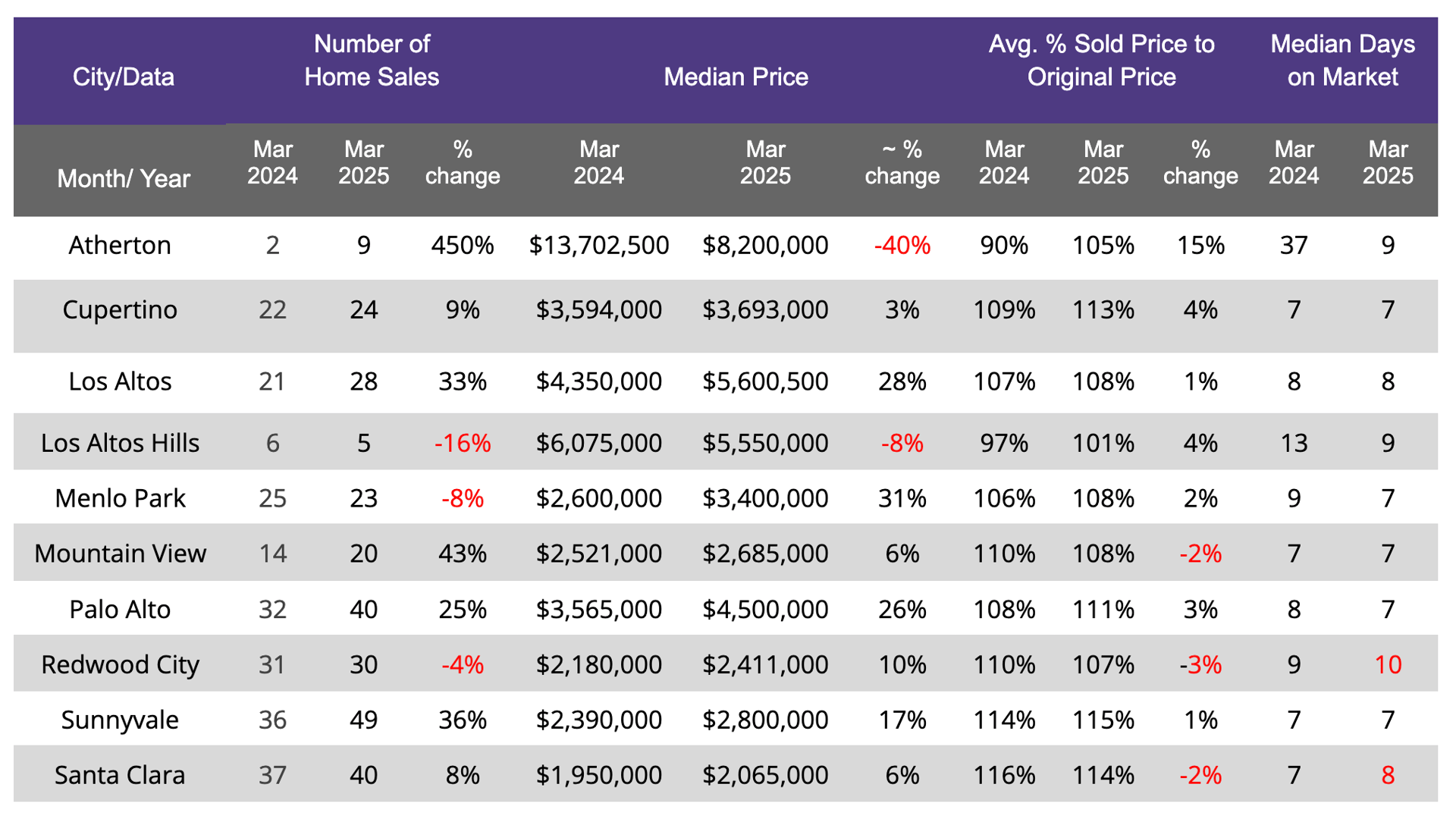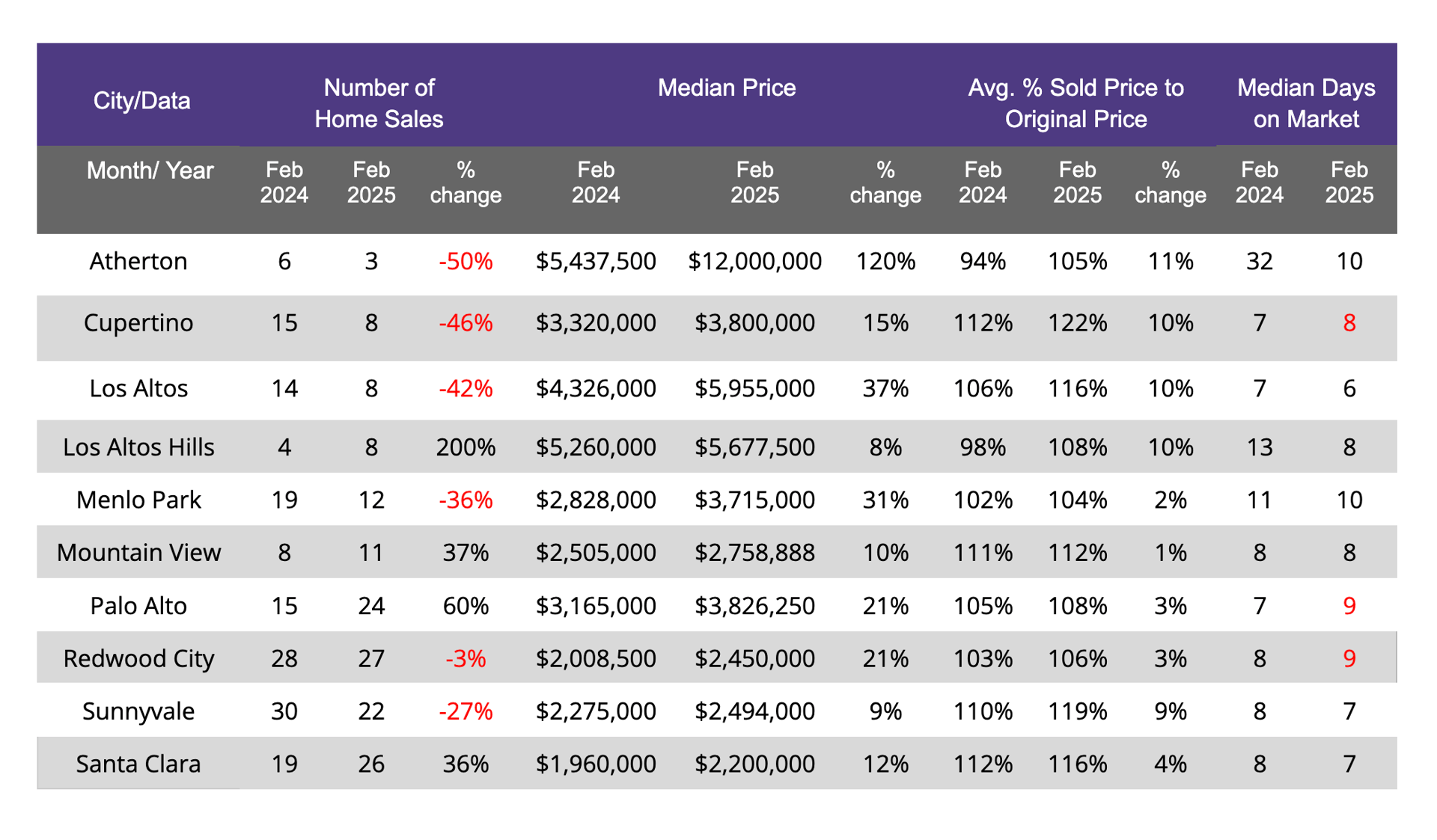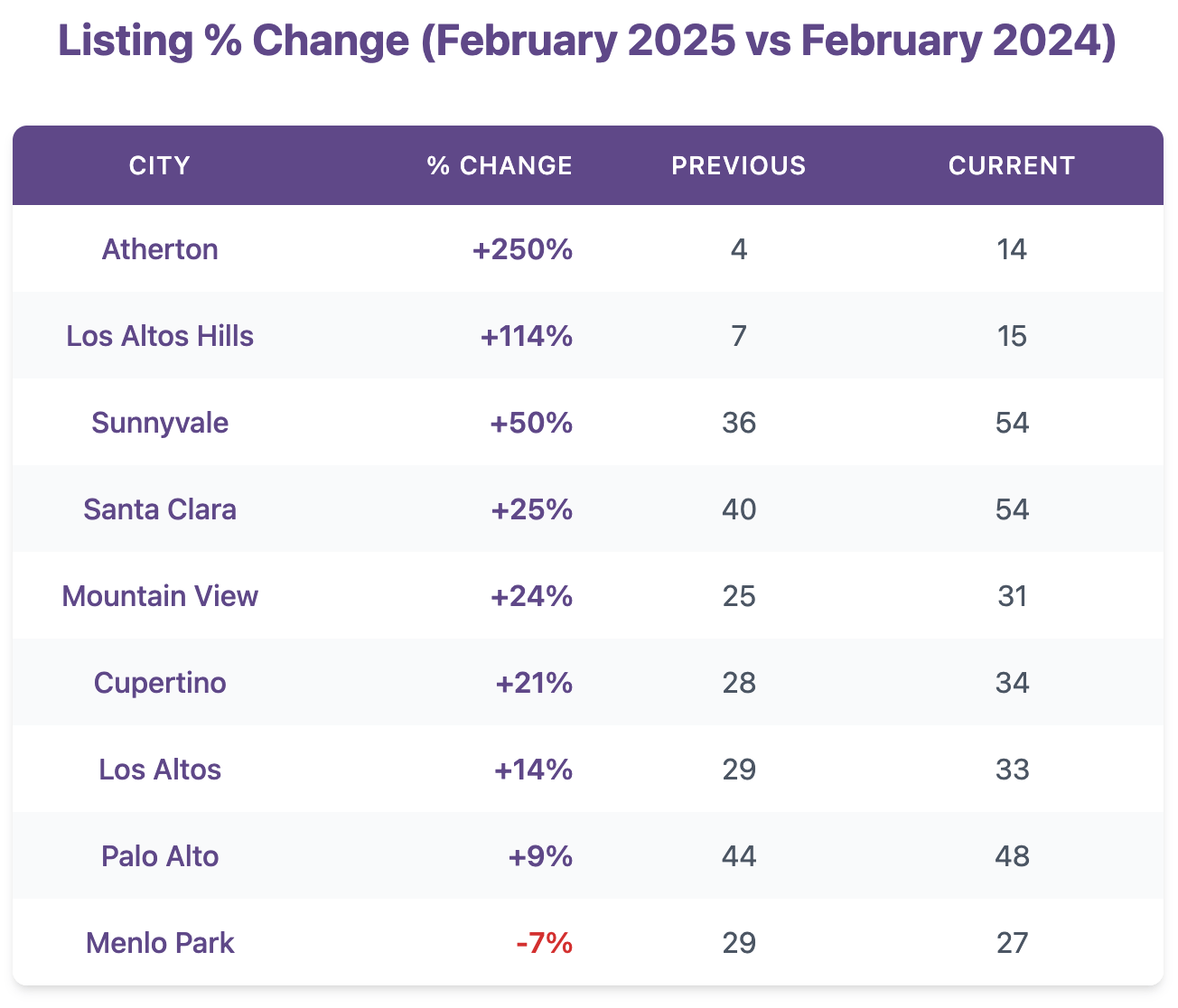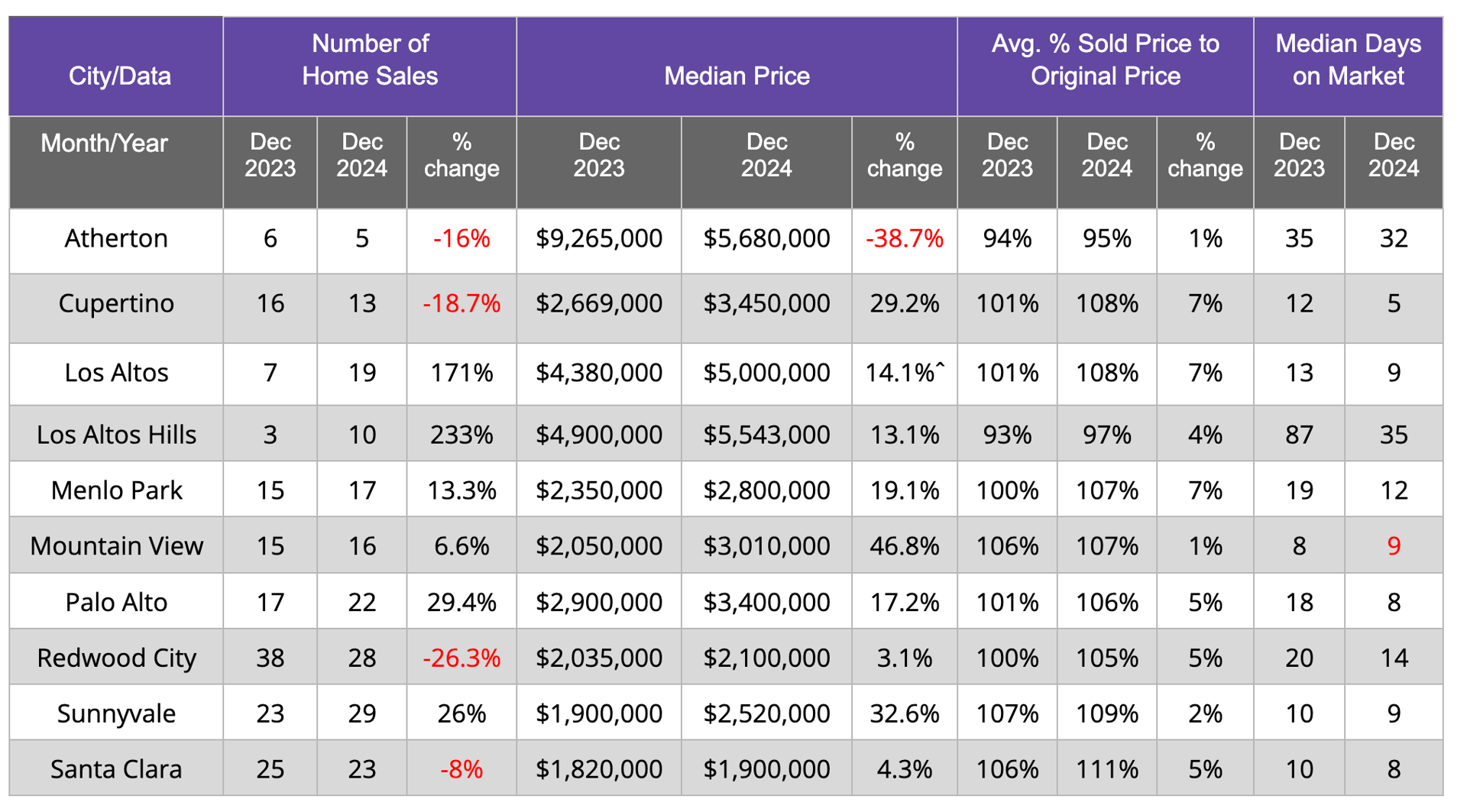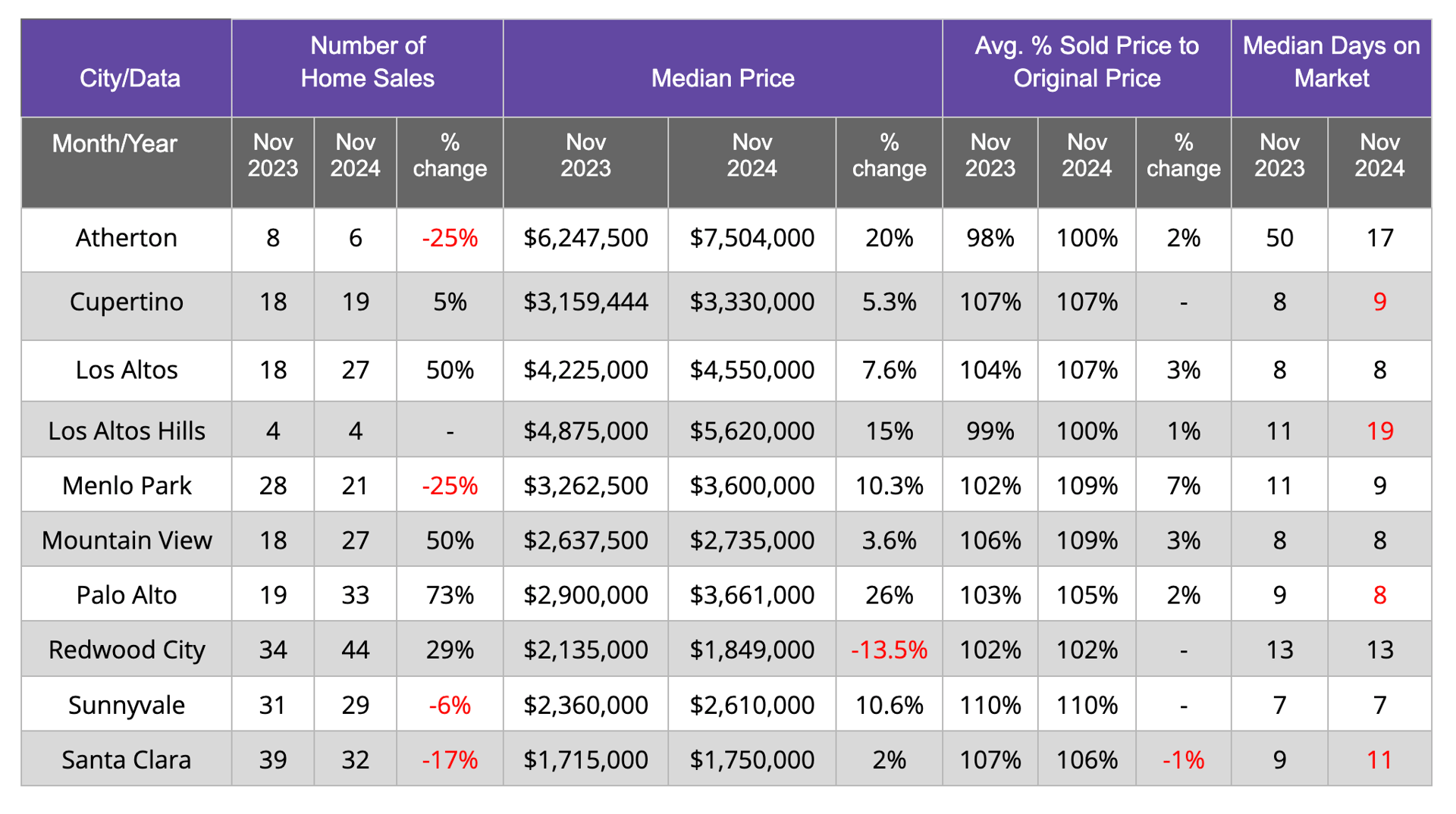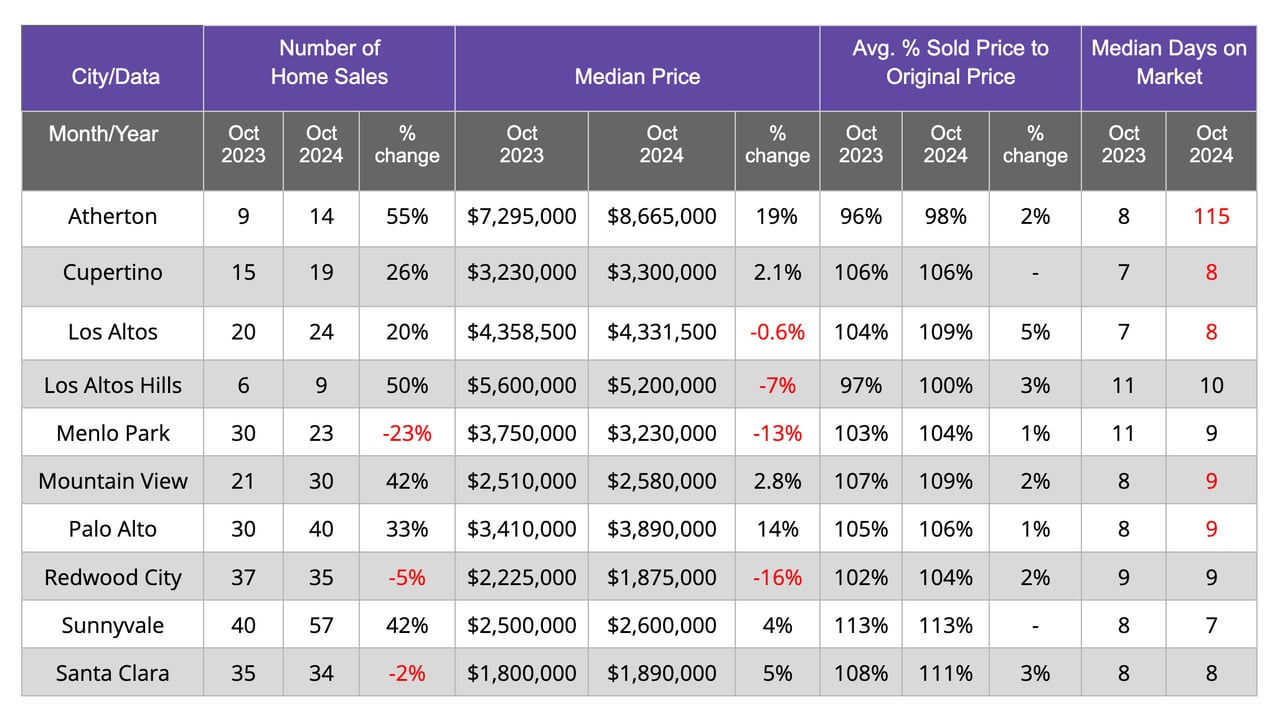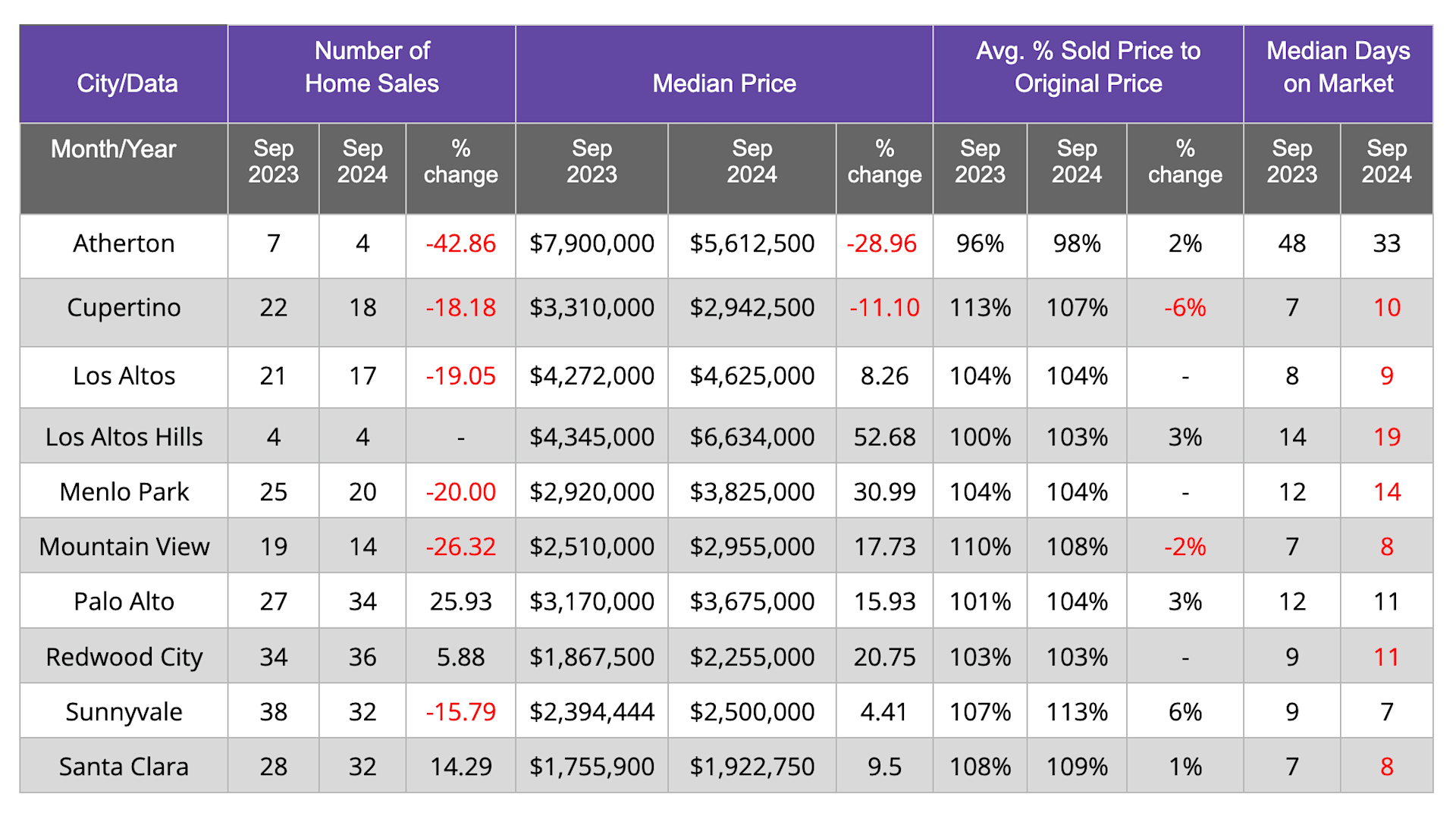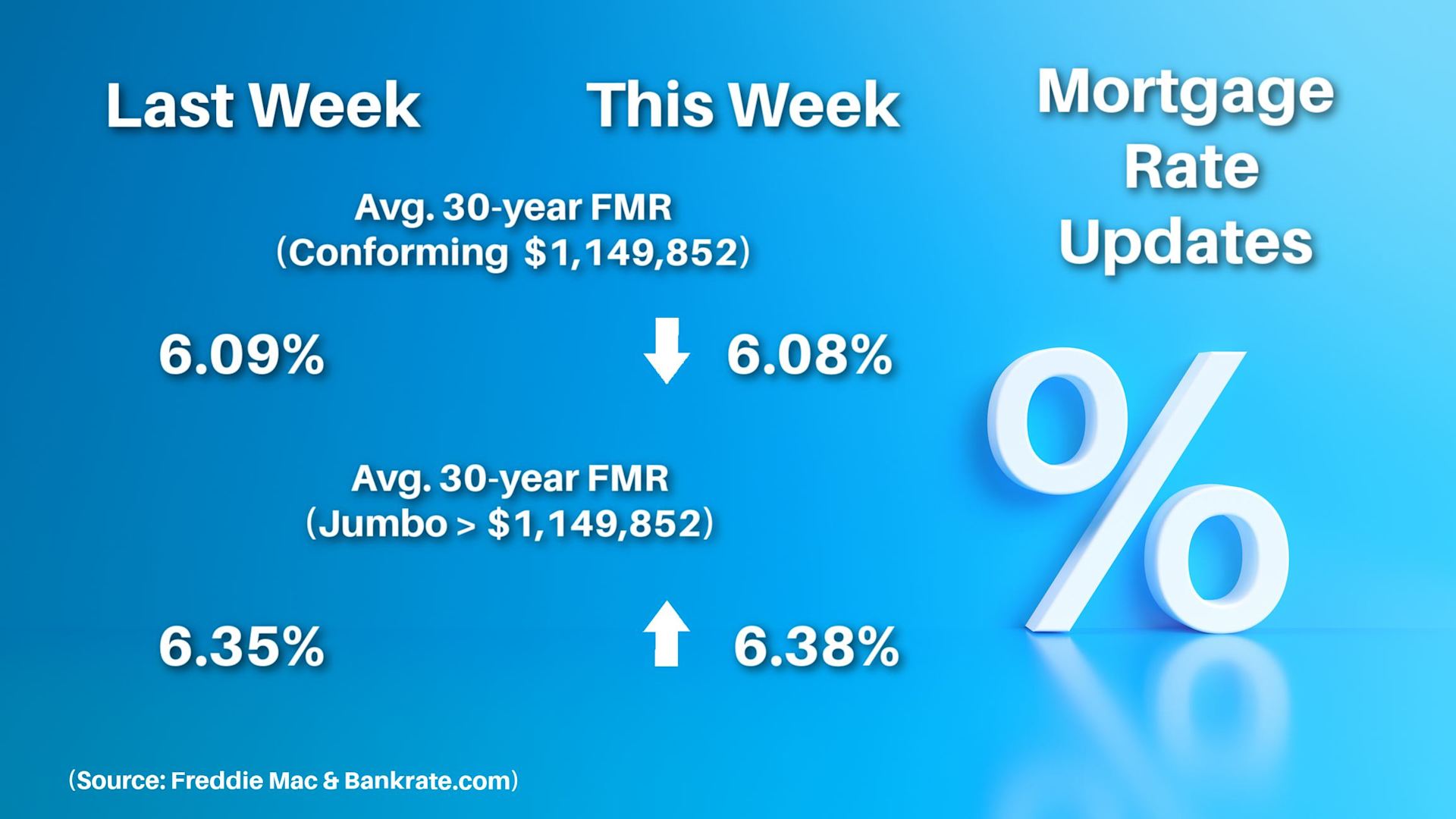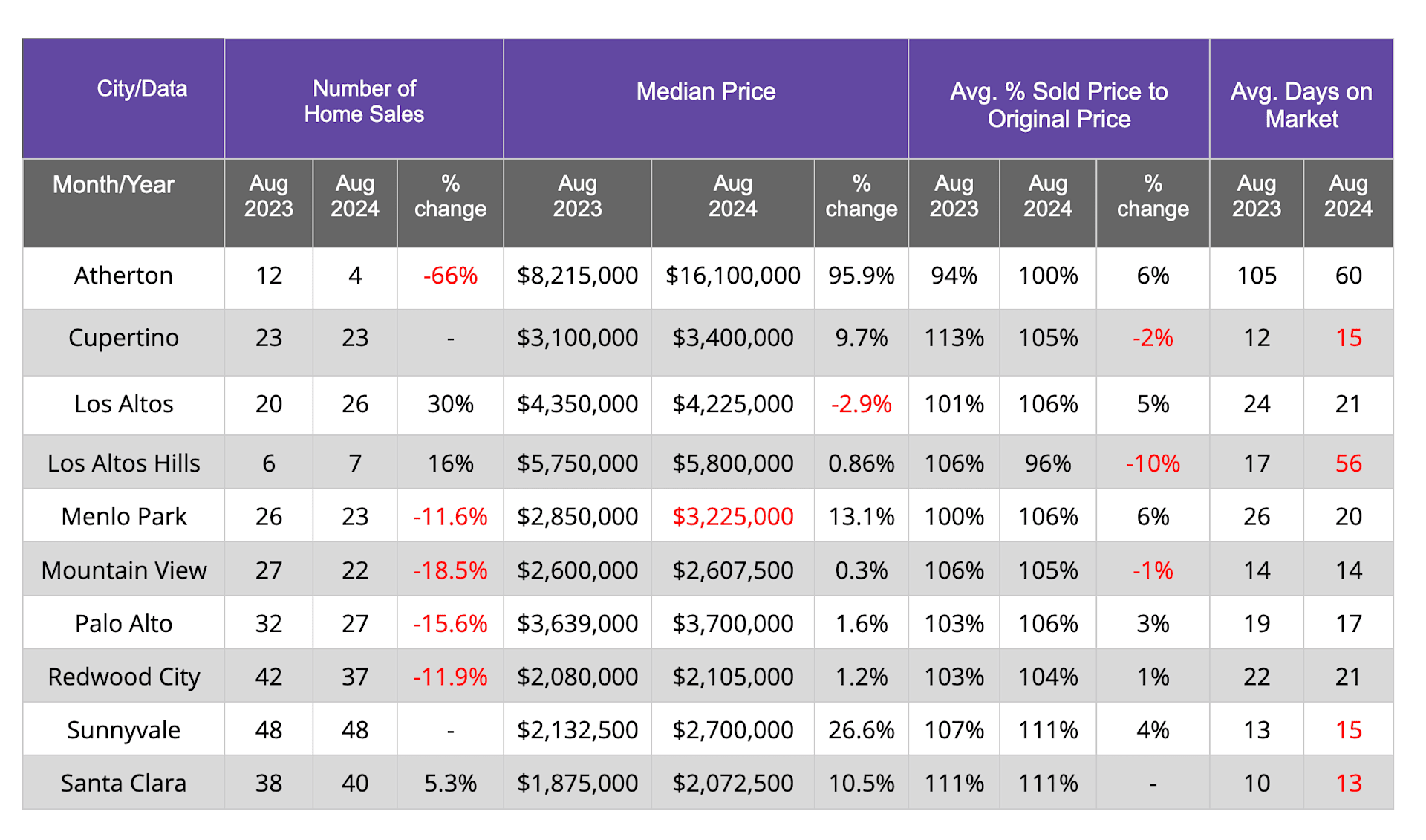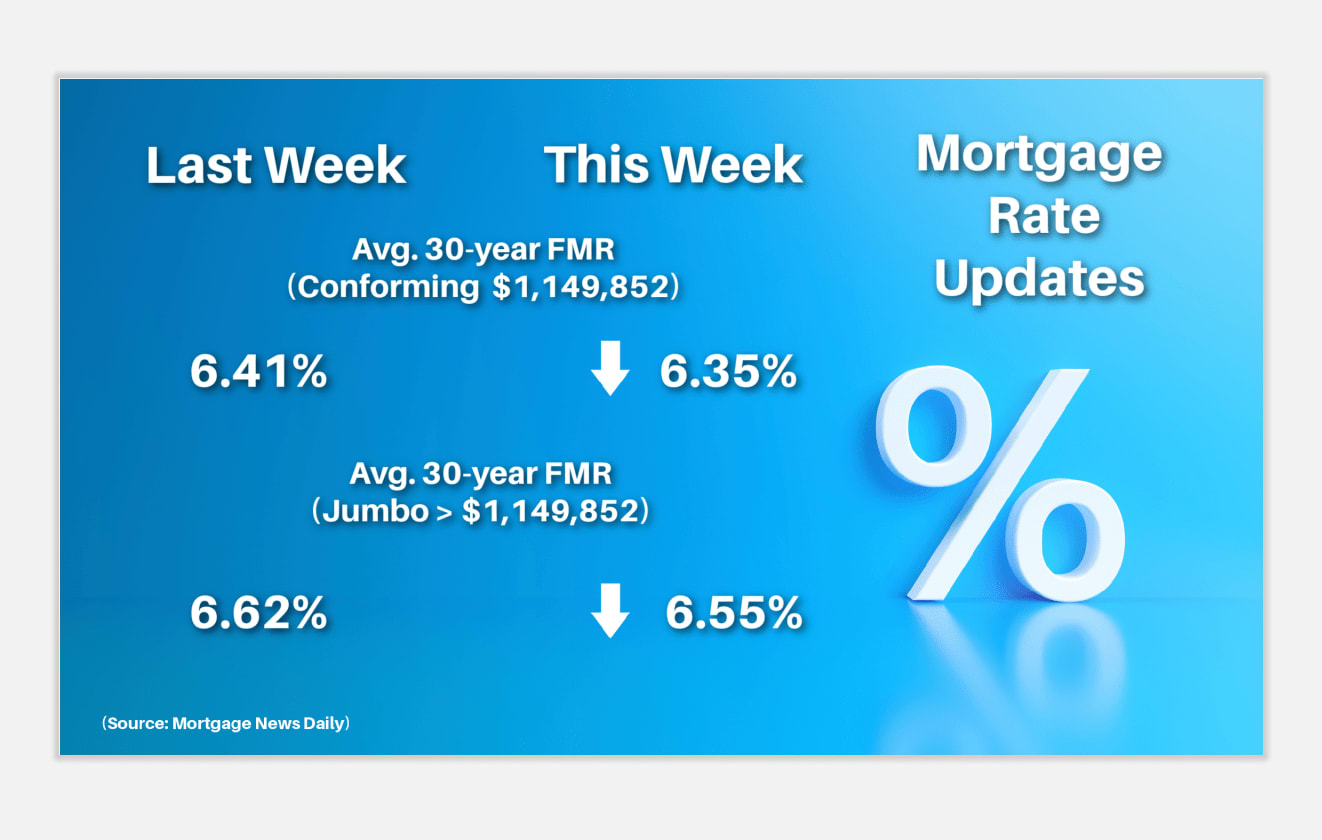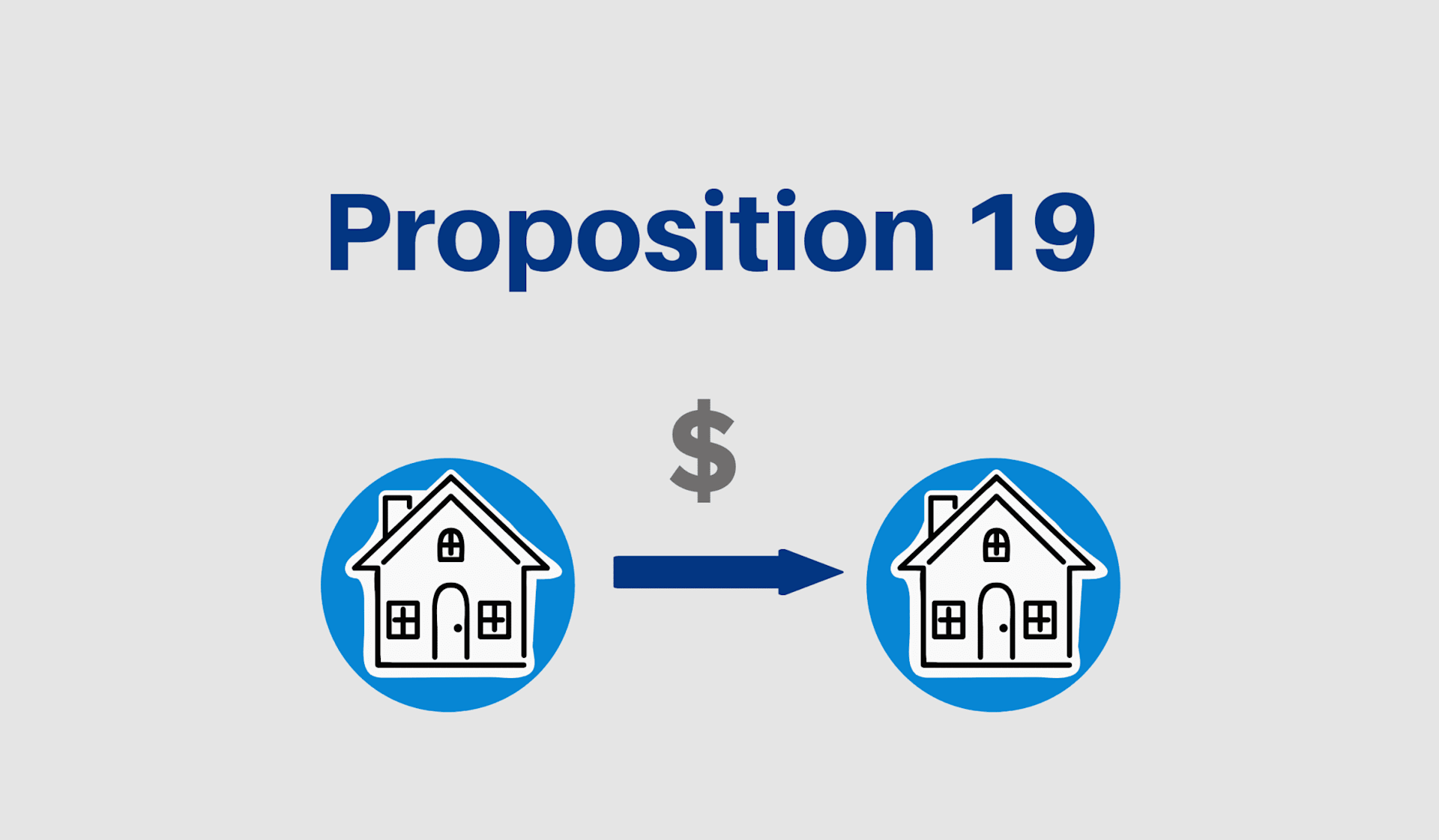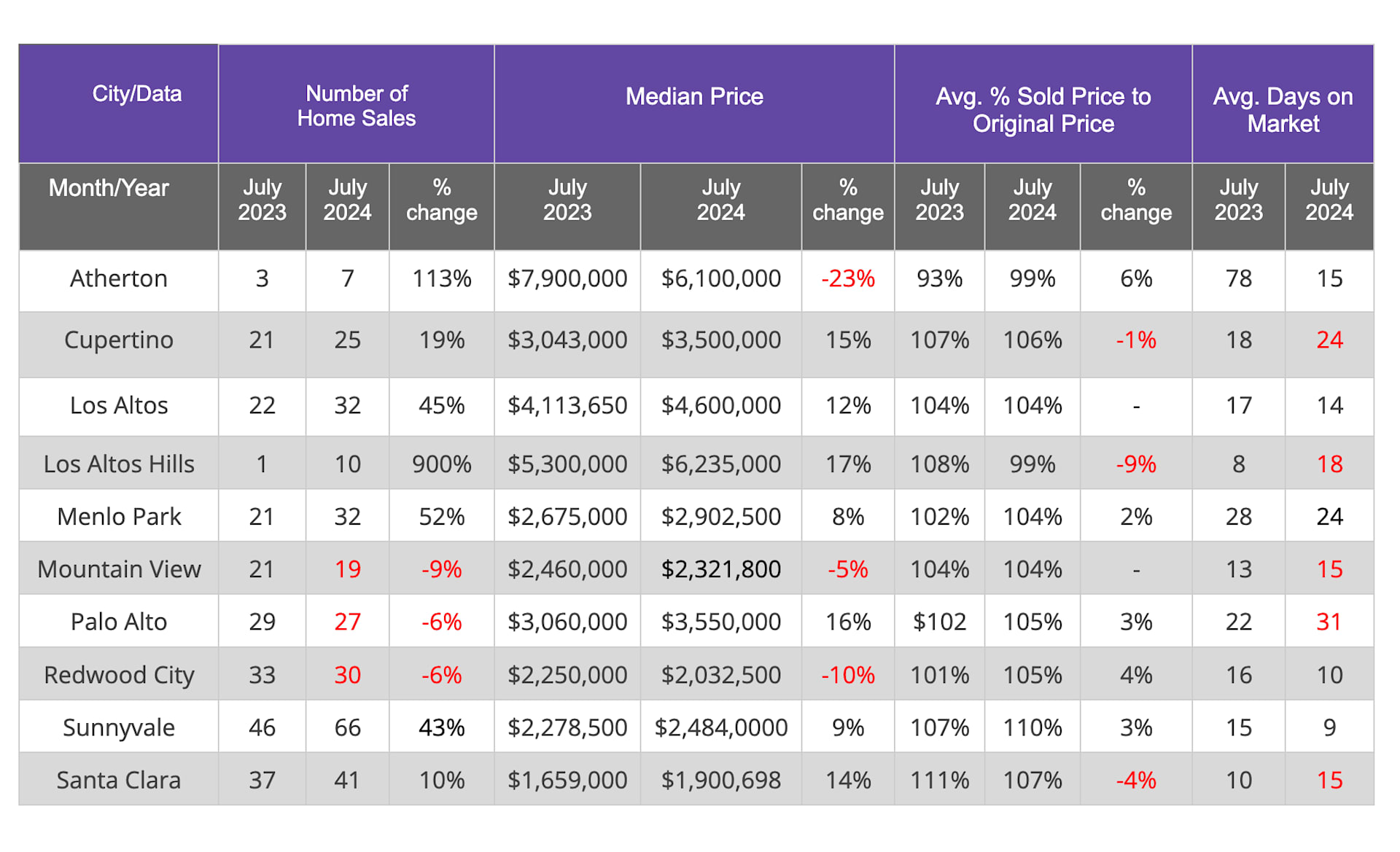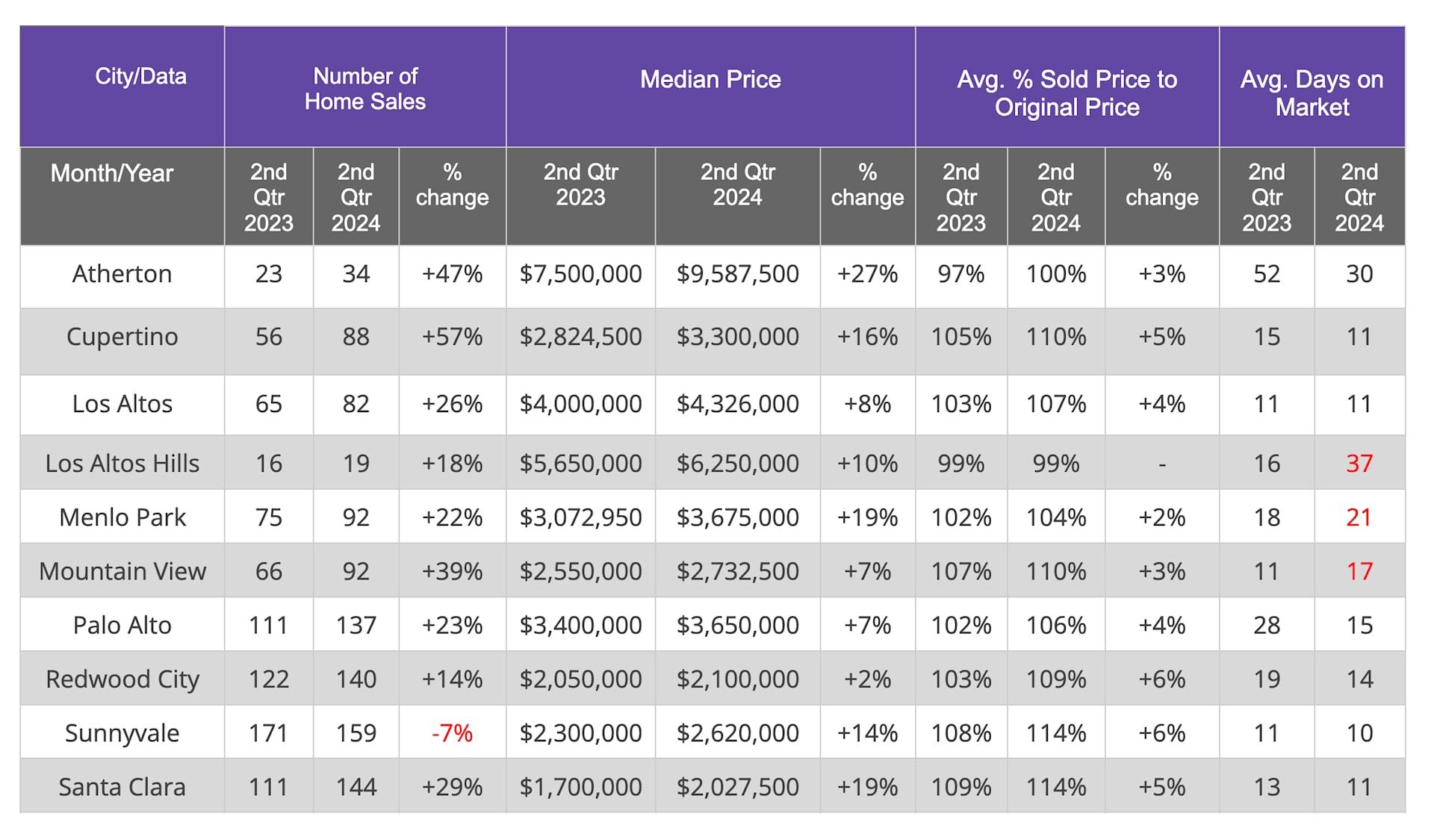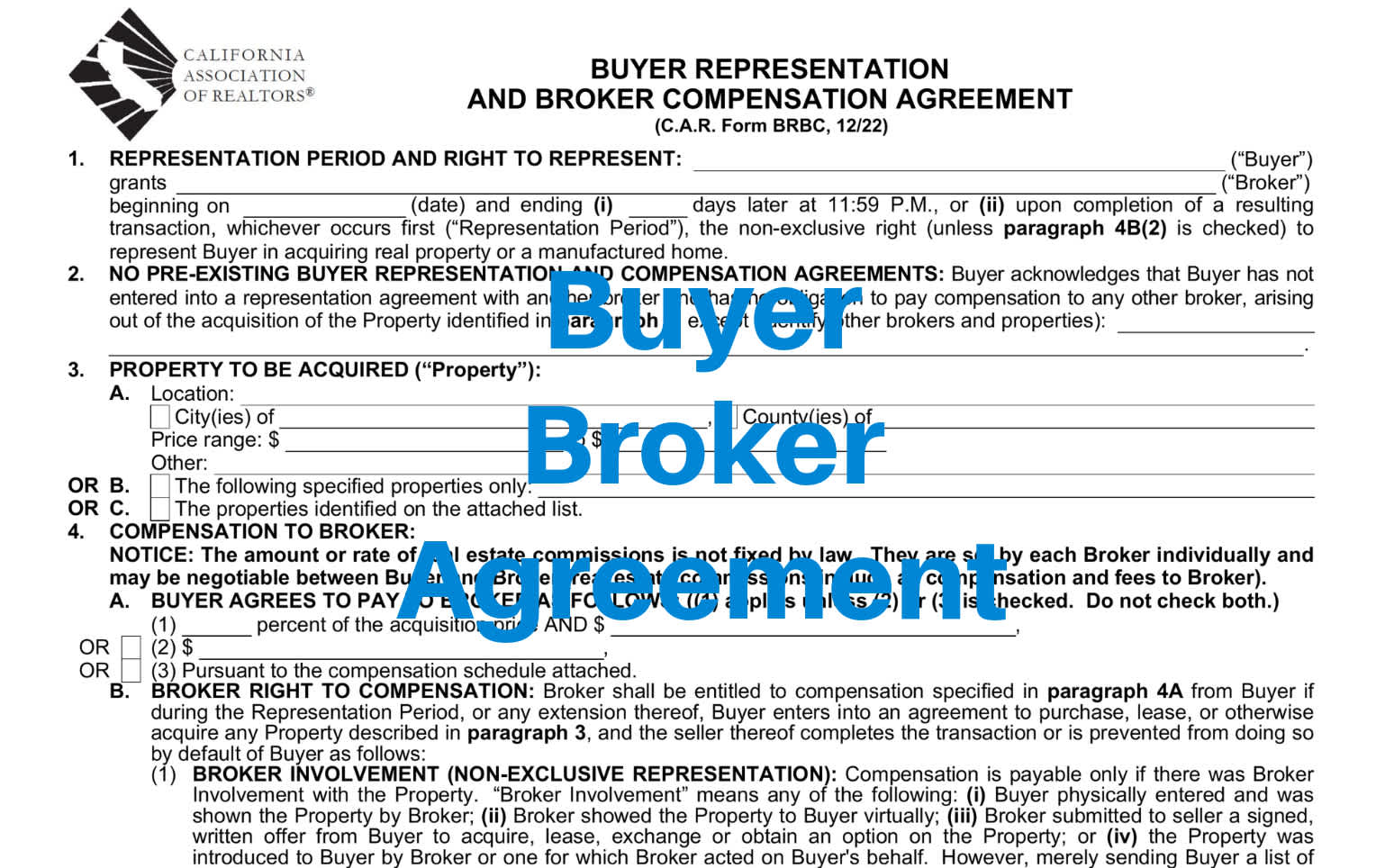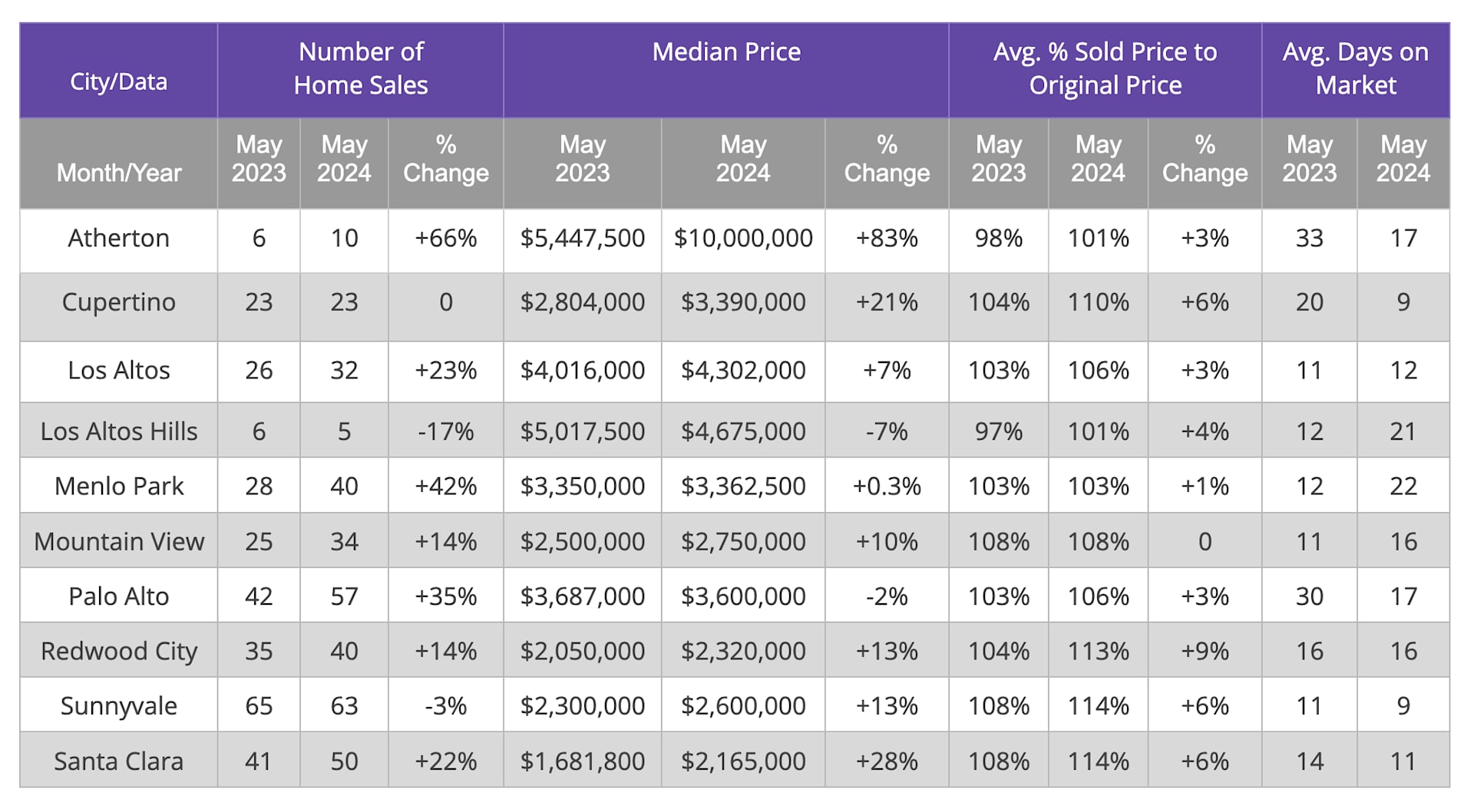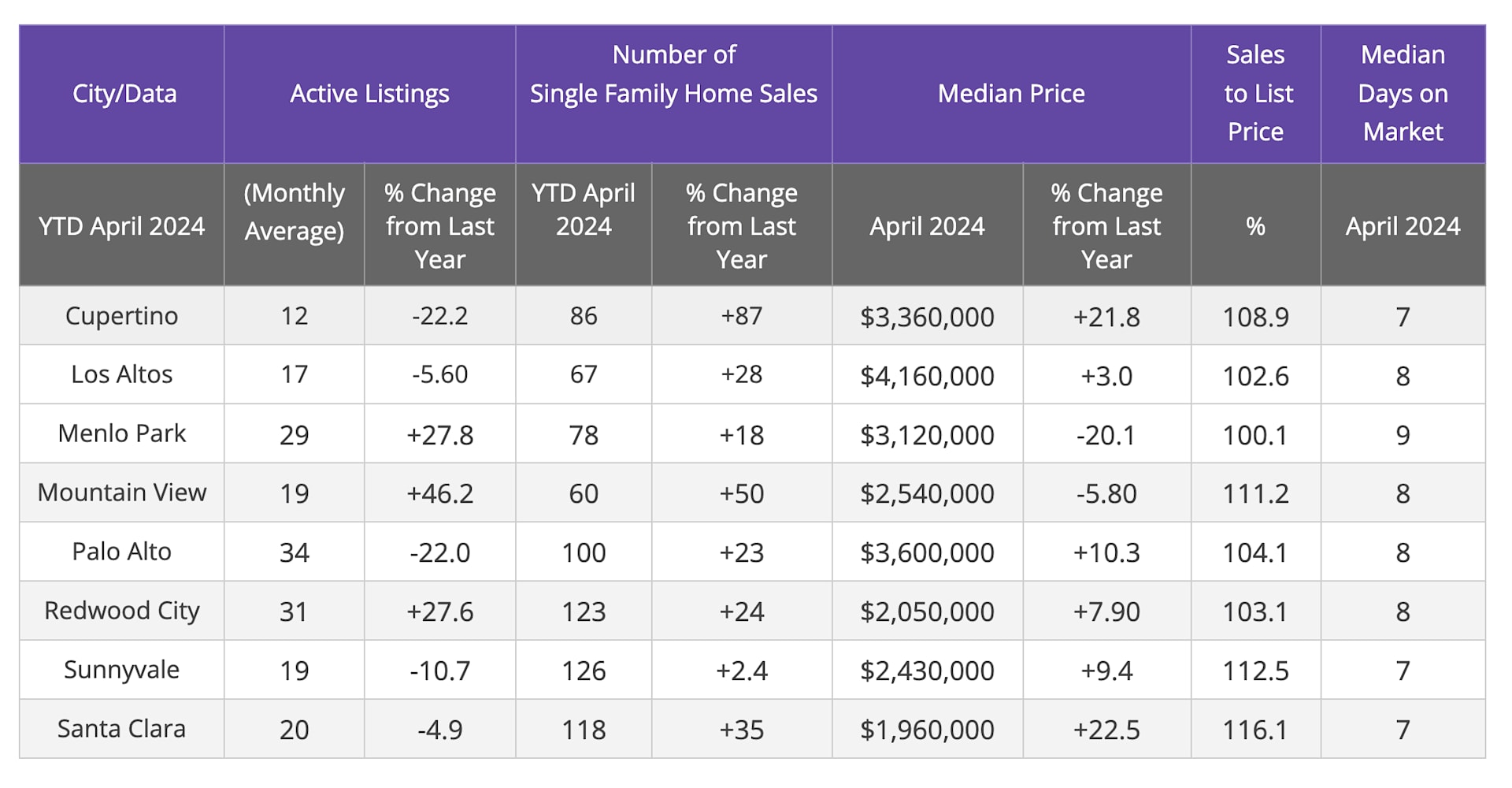Silicon Valley Real Estate Nov 2025:
The Nvidia Effect? Ultra-Luxury Heats Up While Mid-Tier Markets Cool
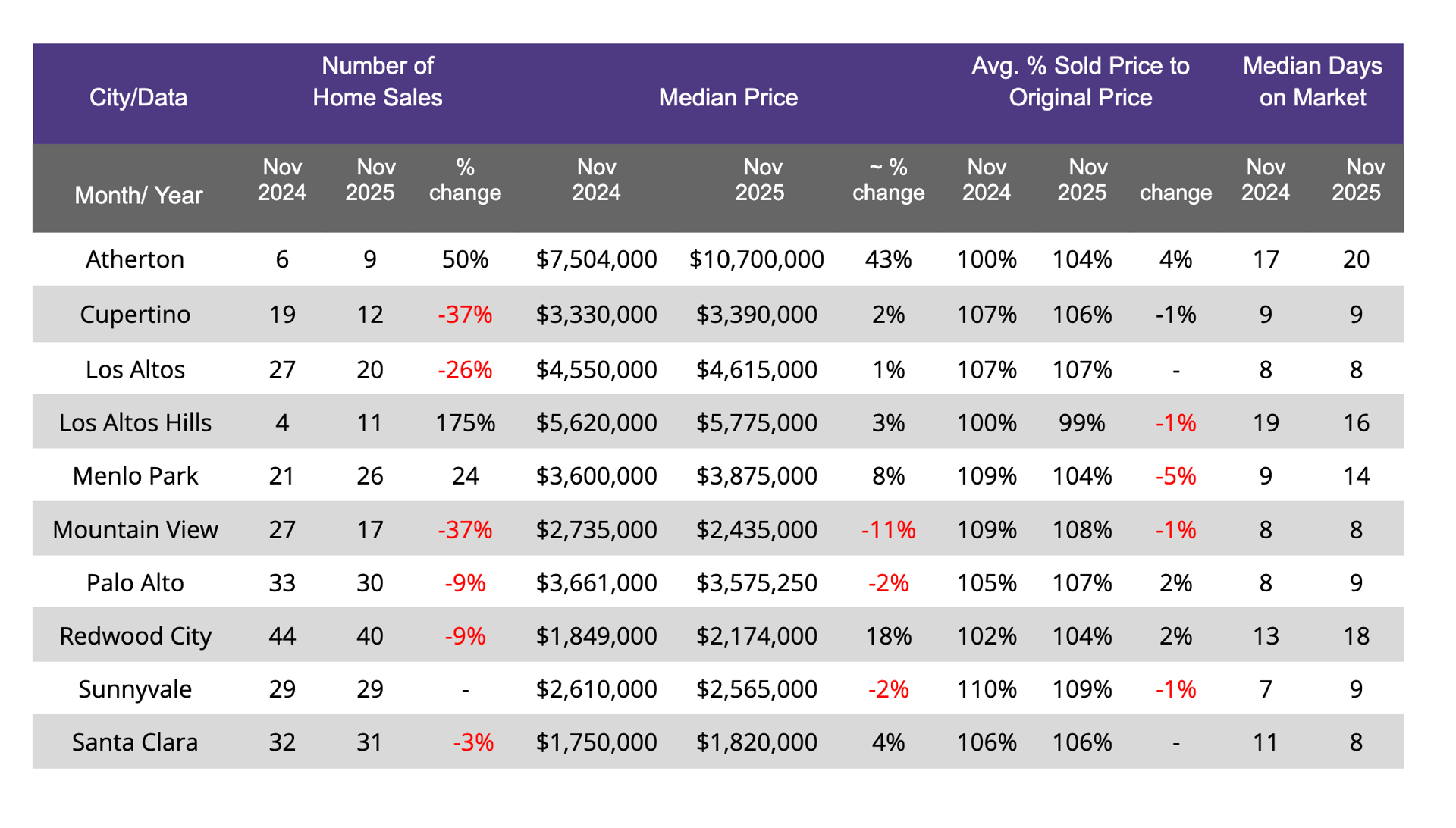
What's interesting this year is that we're seeing two very different stories play out. The ultra-high end is performing well. Atherton's median price surged 43% to $10.7M, and Los Altos Hills saw a 175% jump in sales (from 4 to 11 homes). On the flip side, Mountain View took a hit with both sales volume down 37% and median prices dropping 11%, the only city with real price decline.
Homes are selling pretty much at the same speed as last year with marginal changes. The average % sold price to original price remains high for most markets. Even the four cities experiencing slight declines (Los Altos Hills, Menlo Park, Mountain View, and Sunnyvale) are still selling at or above asking price level.
As for the Atherton surge, the timing and pricing dynamics are particularly interesting. Typically in Atherton, homes sell at or below asking price. However, this year we're seeing a shift, homes are now selling mostly above asking compared to the same period last year, indicating stronger price competition in the ultra-high end market. A recent Benzinga report shows that 50% of Nvidia employees are now worth over $25 million, and roughly 80% are millionaires. One has to wonder if some of these employees found themselves as the new owners in this well-heeled neighborhood.
As we head into the traditionally slower winter months, the high end is holding strong while opportunities may be emerging in the mid-tier markets. With the Fed's recent 0.25 percentage point cut (their third this year), there's cautious optimism for 2026. However, the Fed has signaled only one more cut expected next year, so buyers ready to start their search and sellers who bought a couple of years ago hoping to refinance might want to take advantage of current rates sooner rather than later.
Every market and price segment reacts differently. If you're thinking about buying or selling, or just want to understand what's happening in your specific neighborhood, I'm here to help. Reach out to Wendy at [email protected] to schedule a time to discuss your unique situation and how these trends might affect your plans.
(This report covers from Redwood City to Cupertino. Redwood City and Menlo Park fall under San Mateo County. Palo Alto, Mountain View, Los Altos, Cupertino, Sunnyvale, and Santa Clara fall under Santa Clara County. Data include single-family home sales only. Data is from CA MLS and is deemed reliable but not guaranteed. Private sales are not included.)
Posted on December 12, 2025
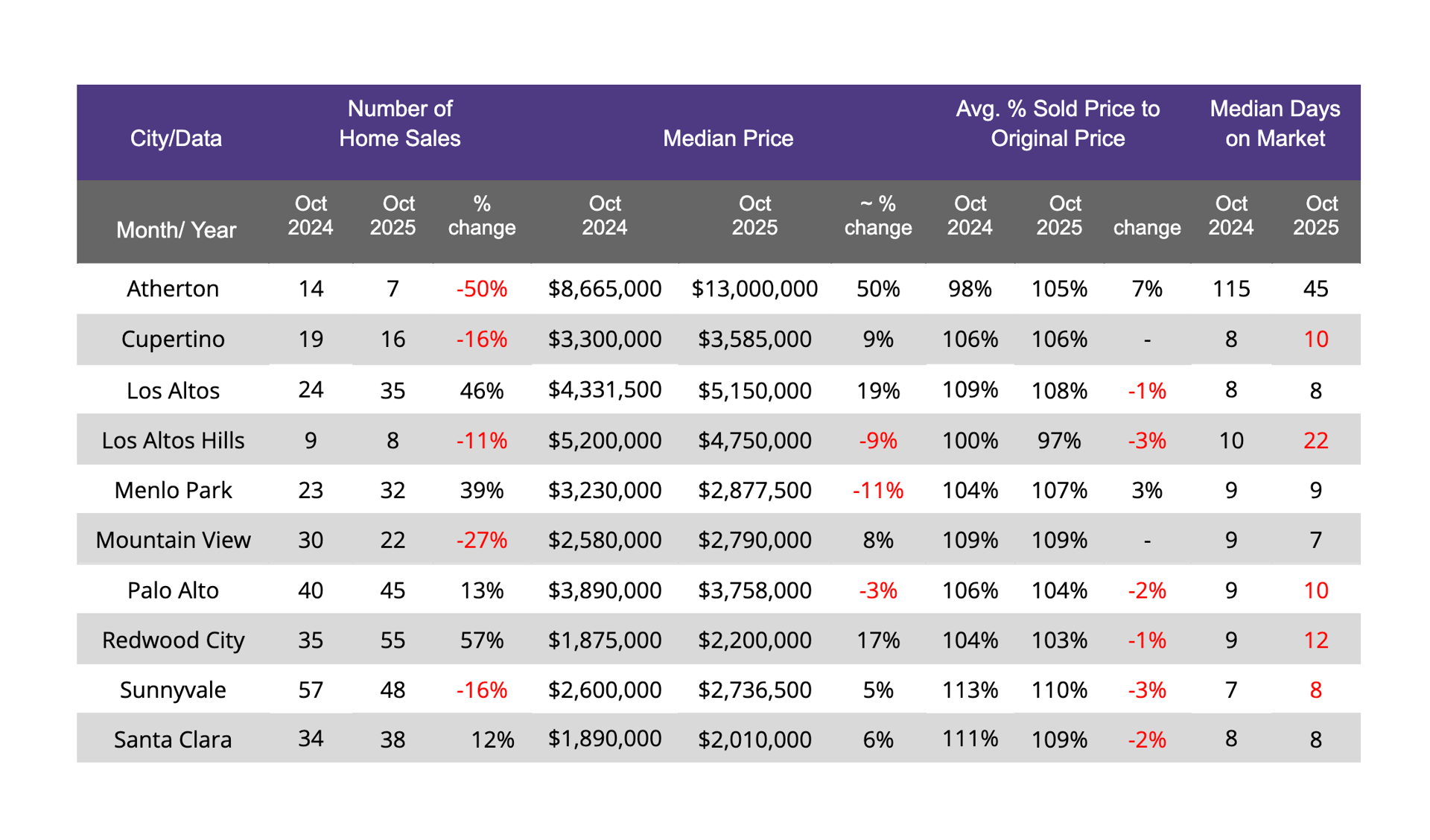 As we head into the holiday season, the real estate market typically slows down. Sellers take their homes off the market to enjoy the holidays with family, and many buyers pause their search until the new year. But for those still actively looking, this can be an opportunity. While inventory is lower, you'll also face less competition from other buyers.
As we head into the holiday season, the real estate market typically slows down. Sellers take their homes off the market to enjoy the holidays with family, and many buyers pause their search until the new year. But for those still actively looking, this can be an opportunity. While inventory is lower, you'll also face less competition from other buyers.